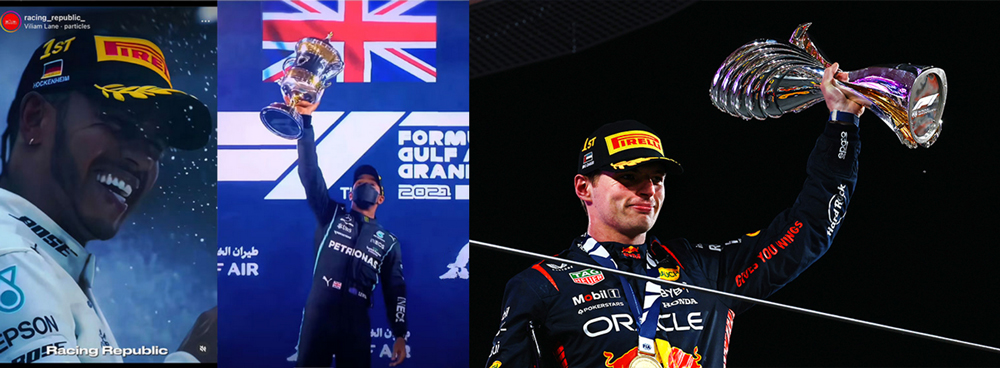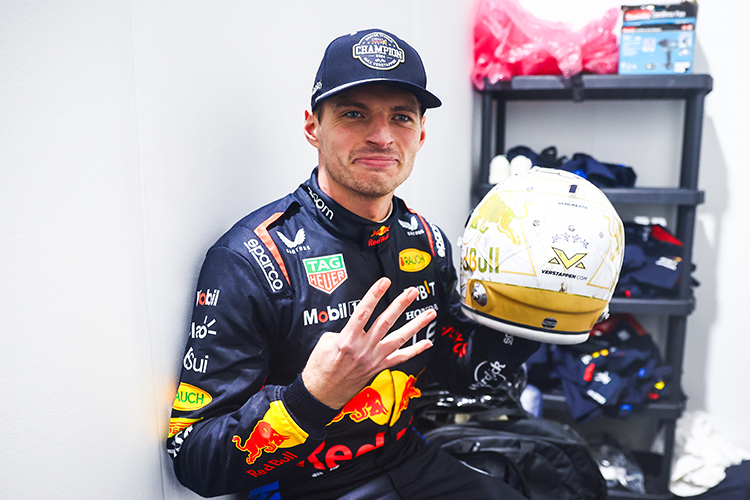McLaren’s Suspension Shake-Up Sets the Stage for 2025 F1 Technical Showdown
As Formula 1 approaches the final year of the current technical regulations, teams are intensifying efforts to optimize car performance for the 2025 F1 season.
At the heart of this pre-season technical buzz is McLaren’s bold suspension overhaul—a strategic move that could define the competitive landscape of 2025 Formula 1.
The reigning Constructors’ Champions have dramatically reengineered their front suspension system on the new McLaren MCL39, diverging from their main rivals Ferrari, Red Bull, and Mercedes. While the 2025 F1 grid is increasingly divided between push-rod and pull-rod suspension philosophies, McLaren’s innovative approach signals a deeper aerodynamic and mechanical transformation.
McLaren MCL39 front suspension redesign: Steering arm repositioning as a tactical pivot
One of McLaren’s most notable 2025 F1 suspension upgrades is the repositioning of the steering arm. In 2024, McLaren mounted the steering arm behind the rear leg of the lower wishbone to improve airflow. But for 2025, the steering arm now sits at the front of the suspension assembly, reshaping how air interacts with the car’s structure.
Rather than just rearranging components, McLaren completely redesigned the suspension upright. The steering arm is now mounted beneath the lower wishbone, ahead of the assembly, delivering aerodynamic advantages that enhance airflow efficiency and front-end responsiveness. This could improve the MCL39’s ride height sensitivity and mechanical compliance—crucial factors for consistency across race tracks.
Technically, the lower rear leg of the upper wishbone has also shifted further down the chassis, another calculated tweak to boost airflow interaction and stability in variable track conditions.
Balancing aerodynamics and mechanical grip in 2025 F1 suspension design
In modern Formula 1 car design, suspension layout balances aerodynamic efficiency and mechanical handling. McLaren’s revised front suspension seeks to reduce drag while maximizing front-end grip—vital for circuits featuring both high-speed straights and complex corners.
Mechanically, the repositioned components promise better feedback over kerbs and bumps, translating to more predictable and consistent performance during race stints. McLaren’s 2024 high-speed cornering strengths could be further amplified by this new suspension package.
Ferrari SF-25 suspension revolution: Radical pull-rod front suspension for 2025
Meanwhile, Ferrari has taken a radical step with its SF-25 suspension innovation for 2025 F1. The Scuderia switched to a pull-rod front suspension layout for the first time, joining Red Bull in adopting the low-line geometry.
As detailed by F1 engineer Riccardo Romanelli on the recent Race Tech episode 91, Ferrari’s SF-25 integrates a reworked upper wishbone, moving the lead arm rearward. This opens up the front end, increasing airflow volume and promising improvements in both mechanical grip and aerodynamic performance.
Additional aerodynamic updates on the SF-25 include:
- Slimmer sidepod undercuts that channel airflow to the rear,
- A more aggressive floor design aimed at maximizing downforce and reducing porpoising,
- Raised upper sidepods and a smaller shark fin to improve airflow quality and lower drag.
Romanelli commented on Ferrari’s ambitions:
“The SF-25 reflects Ferrari’s most aggressive design step in recent memory. It’s a clear attempt to close the gap to McLaren—but it comes with risk.”
McLaren vs Ferrari: Contrasting front suspension philosophies in 2025 F1
Both McLaren and Ferrari now utilize pull-rod suspensions, setting up a more direct technical comparison in 2025. Yet, their engineering approaches diverge significantly:
- McLaren opts for a conservative but refined setup, with low-mounted wishbones and a forward-positioned steering arm to optimize ground effect efficiency.
- Ferrari takes a bold, aggressive route with higher wishbone mounts, offering greater adjustability and setup flexibility but potentially risking execution consistency.
Ferrari’s SF-25 also features an intriguing lateral bulge near the suspension mount—a possible indication of a novel linkage system inspired by past Mercedes designs.
Red Bull and Mercedes 2025 F1 suspension updates explained
Red Bull maintains confidence in its tried-and-tested pull-rod front suspension for 2025, opting for minor refinements rather than wholesale changes after a mid-season dip in 2024.
Mercedes sticks with its push-rod system but has adopted a steering arm position similar to McLaren’s 2024 layout. Their design philosophy favors aerodynamic clarity with individual fairings, showing a cautious, measured approach compared to their rivals.
The 2025 F1 suspension war: Innovation vs execution as championship hinge
With the 2025 F1 technical regulations marking the final year before a major overhaul, front suspension design emerges as a defining battleground. McLaren’s front suspension overhaul on the MCL39 demonstrates a masterful combination of packaging and aerodynamic theory. Yet Ferrari’s revolutionary SF-25 front suspension could reshuffle the competitive order.
As Riccardo Romanelli emphasized on Race Tech episode 91:
“It’s not just about who has the fastest car on paper. Championships are decided on how these systems perform under pressure—navigating kerbs, crosswinds, and tire wear.”
With the Bahrain season opener fast approaching, the big question remains: Has McLaren cracked the code to defend their crown, or will Ferrari’s suspension gamble restore Scuderia’s title contention?
The stopwatch will tell.
Up Next



